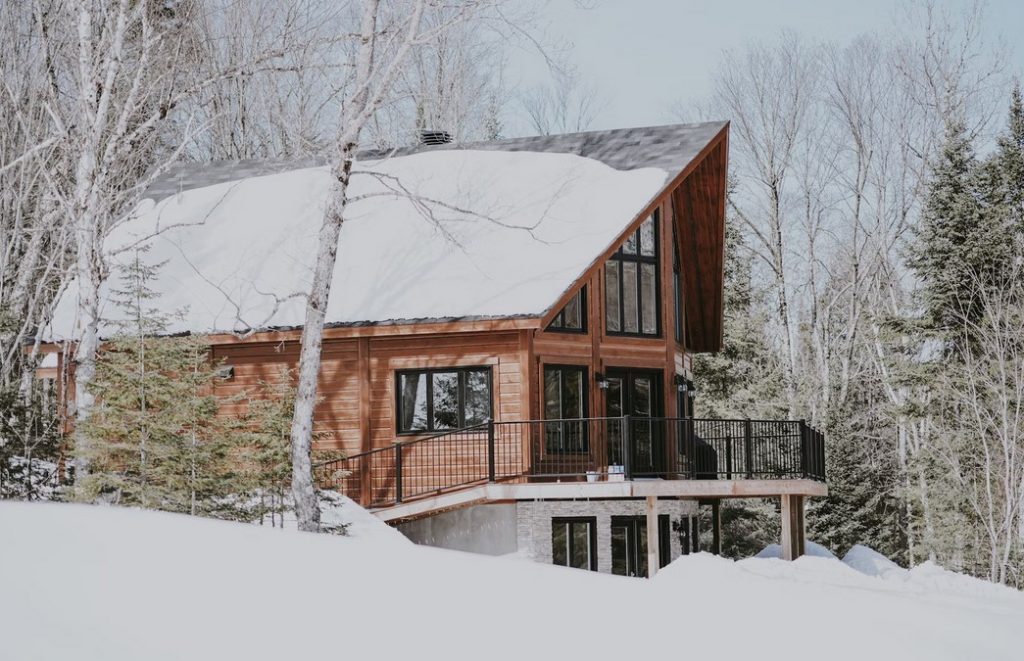As the crisp autumn air gives way to the biting cold of winter, ensuring your home is well-prepared for the season is essential. Not only does winterization help in keeping your home cozy and comfortable, but it also safeguards against potential damage and reduces energy costs. Here are top tips to effectively prepare your home for winter and embrace the cold months with confidence.
- 1. Inspect and Insulate Your Windows and Doors
- 2. Service Your Heating System
- 3. Prepare Your Plumbing
- 4. Check Your Roof and Gutters
- 5. Seal Gaps and Cracks
- 6. Prepare Your Exterior
- 7. Test Your Smoke and Carbon Monoxide Detectors
- 8. Update Your Emergency Kit
- 9. Protect Your Landscaping
- 10. Monitor Indoor Humidity
- In Conclusion
1. Inspect and Insulate Your Windows and Doors
One of the most common sources of heat loss in a home is through windows and doors. Start by inspecting these areas for any gaps or drafts. Use weatherstripping or caulk to seal any leaks. For older or single-pane windows, consider applying window insulation film or using thermal curtains. Proper insulation will help maintain indoor temperatures and prevent cold drafts from infiltrating your living spaces.
2. Service Your Heating System
Before the cold temperatures arrive, make sure your heating system is operating efficiently. Arrange for a professional furnace service in Herriman to clean and inspect your furnace or heating system components. If needed, replace any clogged filters, as they can diminish efficiency and raise energy costs. Also, if you have a fireplace, schedule a cleaning and inspection to prevent potential fire hazards and ensure proper ventilation.
3. Prepare Your Plumbing
Frozen pipes can lead to significant damage and costly repairs. To prevent this, insulate exposed pipes in unheated areas, such as basements and attics, with pipe sleeves or foam insulation. Keep cabinet doors open under sinks to allow warm air to circulate around the pipes. Additionally, let a slow trickle of water run through faucets during extreme cold spells to keep water flowing and prevent freezing.
4. Check Your Roof and Gutters
A well-maintained roof is crucial for winter preparedness. Inspect your roof for missing or damaged shingles and repair them promptly to prevent leaks and water damage. Clean gutters and downspouts to ensure they are free of debris. Clogged gutters can cause ice dams, which can lead to leaks and water damage inside your home. Consider installing gutter guards to minimize the accumulation of leaves and debris.
5. Seal Gaps and Cracks
Drafts and heat loss often come from gaps and cracks around your home. Inspect areas such as the attic, basement, and exterior walls for any signs of gaps. Use expanding foam or caulking to seal these openings. Pay special attention to where pipes and wires enter your home, as these can be common entry points for cold air.
6. Prepare Your Exterior
Winter weather can be harsh on the exterior of your home. Ensure that walkways and driveways are free from cracks and repairs are made to prevent further damage. Stock up on snow removal supplies, such as shovels and ice melt, to keep your pathways clear and safe. If you have a garden or outdoor furniture, cover or store them to protect against snow and ice.
7. Test Your Smoke and Carbon Monoxide Detectors
With heating systems running more frequently during the winter, it’s vital to ensure your smoke and carbon monoxide detectors are in working order. Replace the batteries in these detectors and test them to make sure they are functioning correctly. Carbon monoxide, a colorless and odorless gas, can be particularly dangerous during the winter when homes are closed up tightly.
8. Update Your Emergency Kit
Winter storms can sometimes lead to power outages or hazardous conditions. Prepare an emergency kit with essential supplies such as bottled water, non-perishable food, a flashlight, batteries, a first-aid kit, and any necessary medications. Keep blankets and warm clothing on hand to stay comfortable if you lose heat.
9. Protect Your Landscaping
Winter can be tough on plants and landscaping. Mulch around plants and trees to help insulate their roots from freezing temperatures. For particularly delicate plants, consider wrapping them in burlap or using frost cloths to shield them from harsh winter conditions. Proper winter care will ensure your garden emerges healthy come spring.
10. Monitor Indoor Humidity
Cold winter air tends to be dry, which can lead to problems like dry skin and static electricity. Use a humidifier to maintain indoor humidity levels between 30% and 50%. This will help keep the air in your home comfortable and reduce the likelihood of issues caused by dry indoor conditions.
In Conclusion
Preparing your home for winter involves a range of tasks, from insulating windows to maintaining heating systems and protecting your plumbing. By taking these proactive steps, you can ensure a warm, safe, and energy-efficient winter season. Embrace the chill with confidence knowing that your home is ready to handle whatever winter brings.


